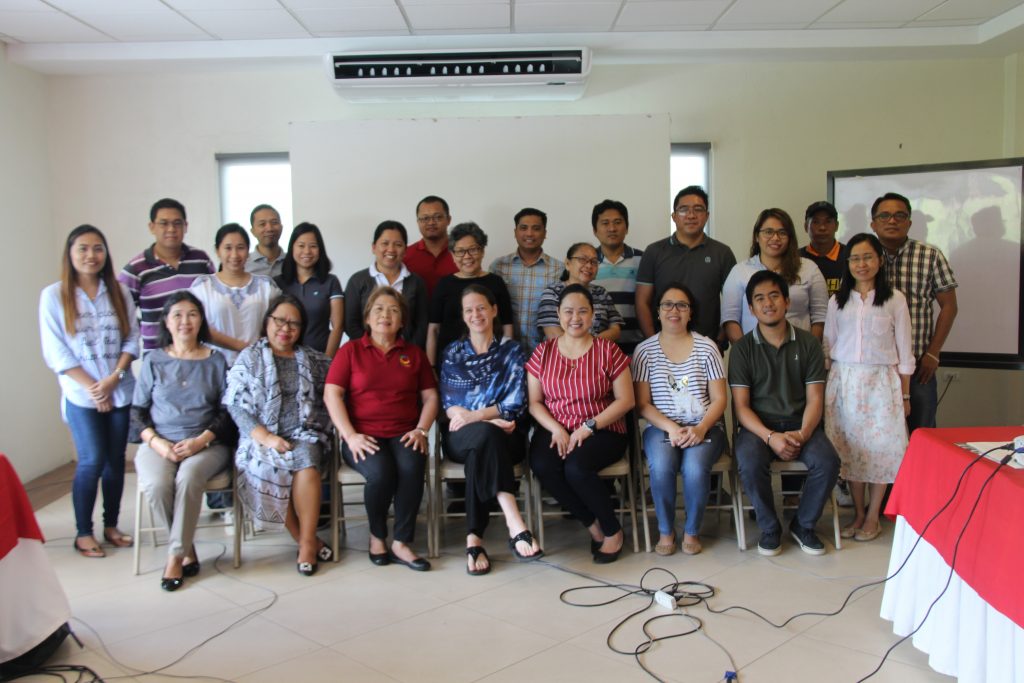In its relentless and undaunted efforts to eradicate poverty and alleviate the living conditions of families across the country, the Department of Social Welfare and Development together with the World Bank, one of the agency’s first development partners, conducted a three-day mission visit in Talacogon and Trento, Agusan del Sur to determine the progress and impact of the Kapit-Bisig Laban sa Kahirapan – Comprehensive and Integrated Delivery of Social Services (Kalahi-CIDSS) program in assembly with the 9th Implementation Support Mission from February 12 to 14.
The World Bank was represented in the persons of Senior Social Development Specialist and co-Task Team Leader Pia Peeters and Social Development Specialist Corinne Canlas. They were also accompanied and assisted by the Kalahi-CIDSS National and Regional Project Management Office led by National Program Manager Annie Mendoza, DSWD Caraga OIC Regional Director Mita Chuchi Gupana-Lim, and DSWD Caraga Assistant Regional Director for Operations Nerisa Murih.
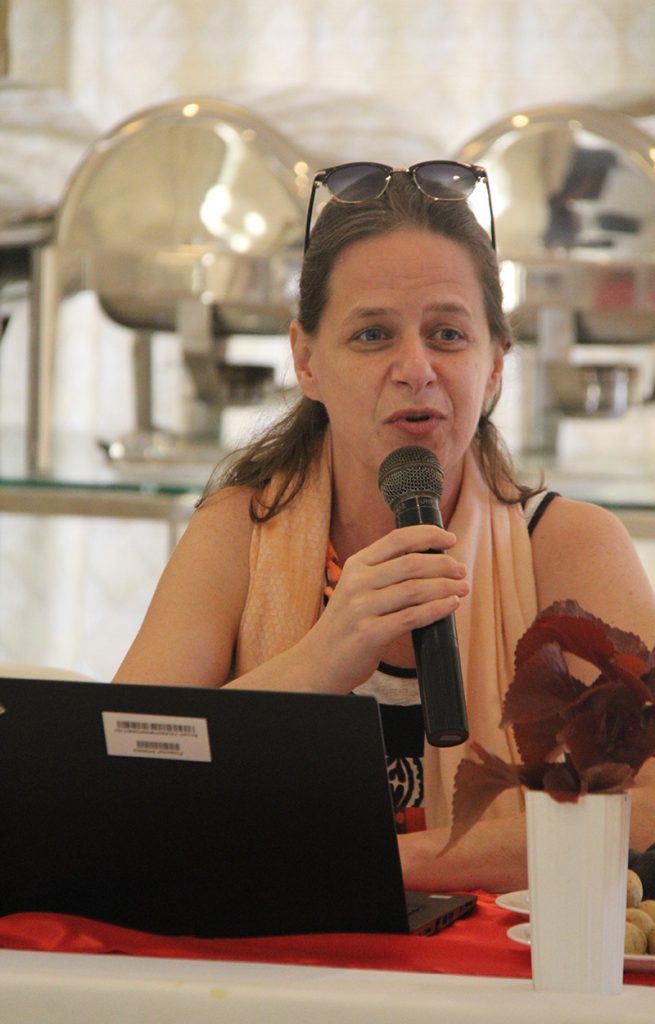
World Bank Senior Social Development Specialist Pia Peeters expounds the objectives of the support mission which aims to review the impact of the Community-Driven Development to the people, the process used by the Kalahi-CIDSS program.
In the kick-off meeting on February 12, Peeters explained that the mission seeks to assess the developments and impact of the Kalahi-CIDSS implementation in the community. This will be one of the basis for a possible Community-Driven Development (CDD) extension. “So we look at what is the progress or the status of implementing the sub-projects which were basically transferred from ADB financing to World Bank financing,” Peeters said.
Peeters pointed out that key challenges and their implications to the implementation process should be identified as well as these are critical to the expansion and enhancement of the program.
The World Bank and the DSWD were divided into two groups: team A and team B. Each team visited Barangay Zamora and Barangay Zillovia in Talacogon and San Ignacio and San Roque in Trento. After the field visit, a focus group discussion between the barangay officials and the community volunteers followed to let the visiting teams assess the gains, lessons, and challenges of the community.
Presentacion Castro, a community volunteer and a member of the Project Preparation Team in the Barangay Sub-Project Management Committee (BSPMC) in Barangay Zamora, manifested her utmost gratitude and appreciation of the CDD process. Castro emphasized that the program enabled them to personally identify projects for their community such as the construction of a 700 linear meter concrete pathway in Sitio Dinayhagan. This sub-project brought advantage to a total of 498 households and 307 families.
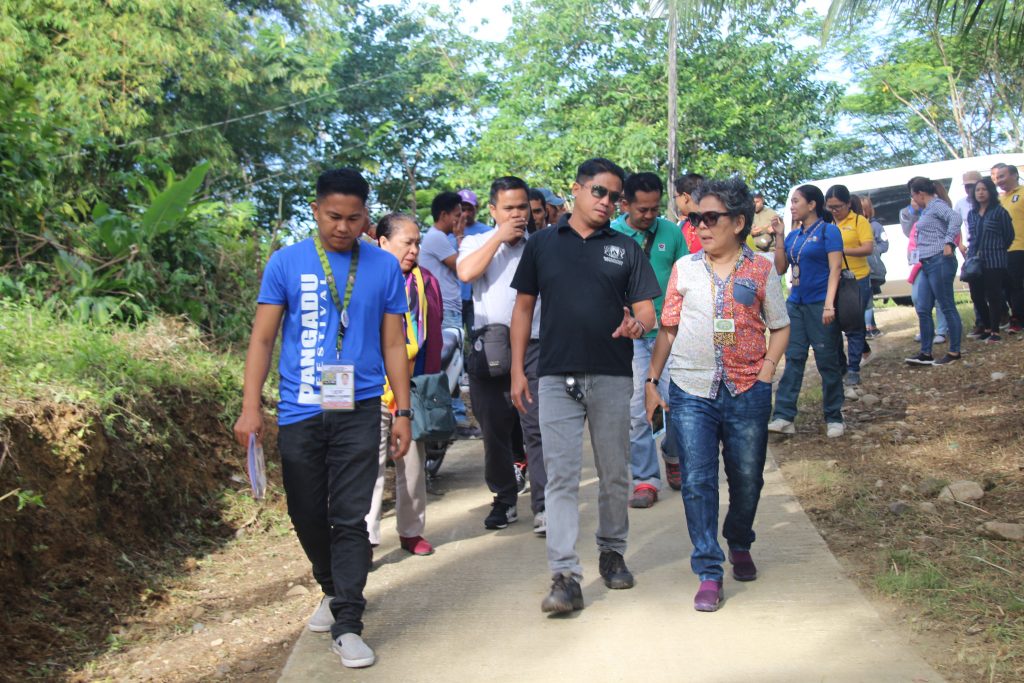
“Dako kayo ang kabag-uhan sa among komunidad. Ang maong pathyway dako kayo og gikatabang sa amoa nga mag-uuma, mga kabataan, labi na pud sa mga tigulang (Immense changes took place in our community. The pathway provided great convenience and has helped us the farmers, our children, and most especially the elderly),” Castro added.
Further, Barangay Zillovia Chairperson Mechael Ucay also showed his delight as he told the DSWD and the World Bank on how the program’s method increased the capacity of the community volunteers which was noticeable even beyond the sub-project implementation.
“Nakita ko rin sa mga tao sa kanilang personal na buhay, ginagamit nila. ‘Yong sa management, nagagamit din nila sa pag-manage sa kanilang mga anak. ‘Yong trainings nila, nagagamit nila sa pamilya nila then sa community nila (I have witnessed how the community volunteers applied their learnings in their personal lives. They use their knowledge on management in supervising their children. Community volunteers apply what they have learned from their trainings in their households and community),” Ucay narrated.
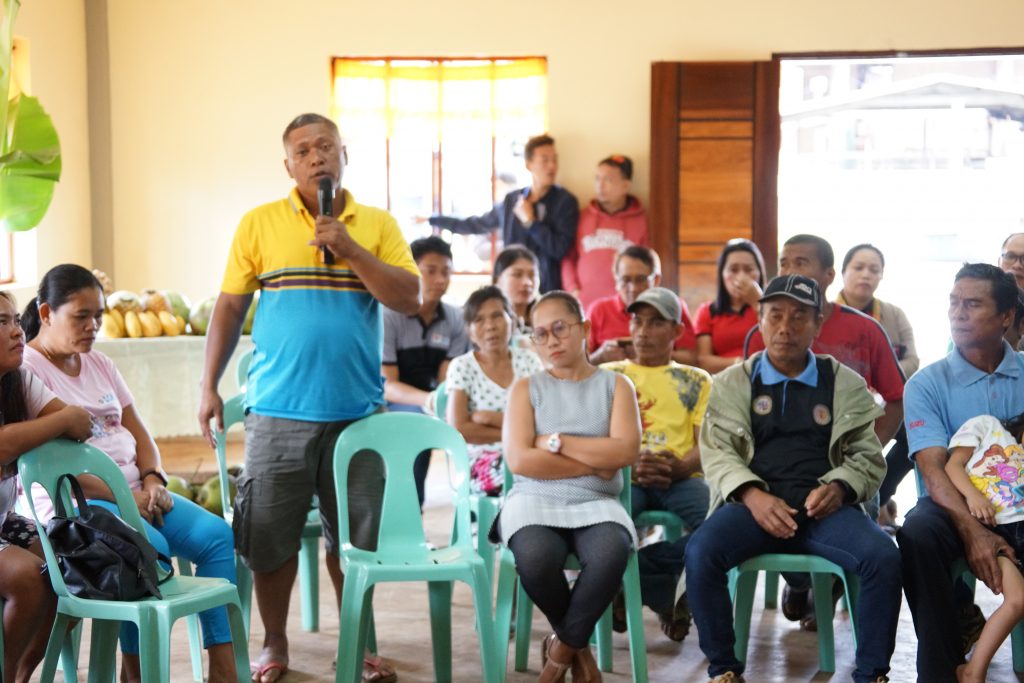
Another discussion took place between the visiting teams and the local government units headed by their respective Local Chief Executives. In the discussion, both municipalities appealed for the extension of the Kalahi – CIDSS program as it paved way for the people’s empowerment and their notable involvement in the advancement of their community.
On the last day, the team initiated a dialogue with the Regional Inter-Agency Committee (RIAC), a panel comprised of the different regional government agencies tasked to develop strategies and advocate initiatives that will lead to the effective implementation of the program.
Representatives from the National Economic and Development Authority, the National Commission on Indigenous Peoples, and the Department of Education agreed that the Kalahi – CIDSS program and its process brought the community to a whole new level of participation and progression by allowing them to identify and to implement firsthand projects that will address their needs.
Moreover, the panel reinforced the need to give more focus and attention to the Indigenous Peoples (IP) Community. “We hope for another extension because we felt that there is still a need especially our IP brothers and sisters. Of course, we have seen those in the GIDA (Geographically Isolated and Disadvantaged Area); I think those are the things that we need to look into,” OIC Regional Director Mita Chuchi Gupana – Lim said.
Assessing their observations and the testimonies of the barangay officials and the community volunteers, Peeters and Canlas concurred that the Kalahi – CIDSS created a significant impact to the people. Through the program, the people have developed a sense of ownership and felt empowered with the ‘legacy’ they bring as community volunteers.
Peeters said, “From the World Bank side, if there would come a request from the government for a follow-up phase on NCDDP (National Community-Driven Development Program) we would be delighted to support that and resources are available.”
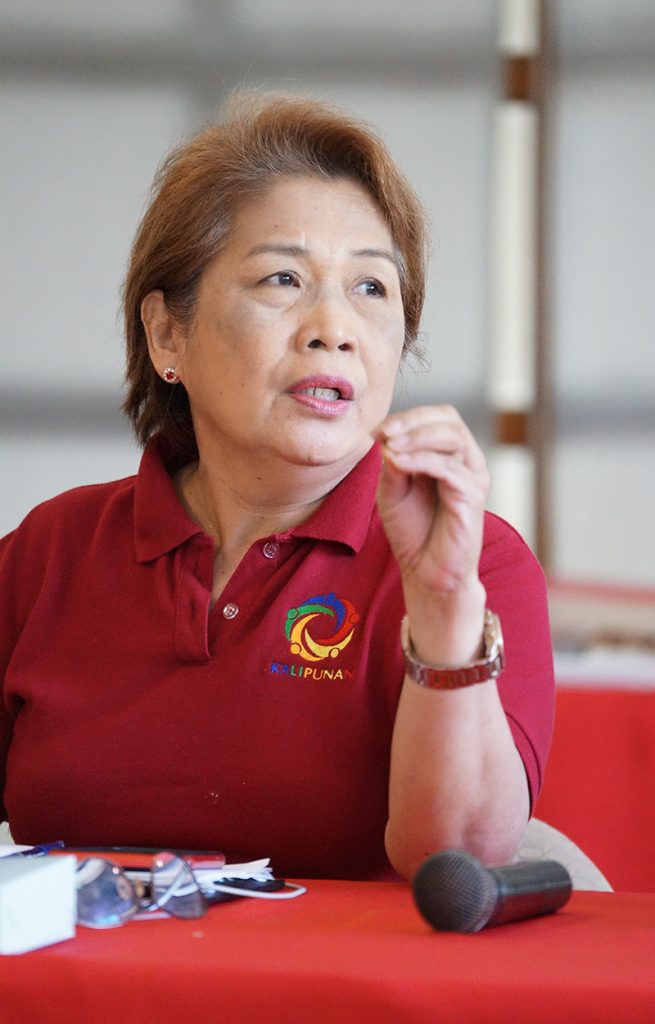
To cap off the three-day visit, Kalahi – CIDSS National Program Manager Annie Mendoza assured the RPMO and the partner agencies that they will forward and discuss all the matters taken with the top management of the department. She gave prominence to the main goal of Kalahi – CIDSS which is to serve the people.
“At the end of the day, it is what we have done to uplift the level of well-being of our families, of our communities that we are mandated to serve,” Mendoza said.###(CLEA MARIEL C. MALUNHAO/Social Marketing Unit/DSWD Field Office Caraga)
